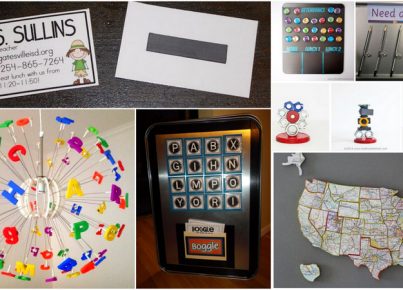Nothing connects us more to the ancients than the simple act of telling time by the sun. Sundials, humanity’s earliest clocks, gracefully merge science, art, and history into an educational experience that is as enlightening as it is enjoyable. This article will guide you through creating your own sundial along with a worksheet to enhance the learning adventure.
Materials Needed:
– A flat piece of cardboard or sturdy plate
– A straight stick or pencil (about 6 inches long)
– A watch or clock set to the correct time
– A compass (or any other means to find true north)
– A protractor
– A marker or pen
– Optional: decorations such as paint, stickers, or colored paper
Steps to Make Your Sundial:
1. Identify True North: Using a compass, determine the direction of true north from your location and mark it on your base material.
2. Attach the Gnomon: Place your stick or pencil at the center of your base at a right angle. This will act as the gnomon – the part of the sundial that casts the shadow.
3. Calibrate Your Sundial: On a sunny day, align your base with true north. Using a real clock, mark every hour by drawing lines where the shadow falls – these are your hour lines.
4. Decorate and Personalize: Once you have all your hour lines marked, let creativity take over! Decorate your sundial with paints, stickers, or anything that makes it uniquely yours while keeping hour markings clear.
5. Observations and Learning: Use your sundial over different days and times to see how shadows change with the sun’s position in the sky.
Worksheet to Accompany Sundial Activity:
Name: _________________________ Date: _________________________
1. What is a sundial and how does it work?
____________________________________________________________
____________________________________________________________
2. Draw a diagram of your completed sundial and label its parts.
(Insert space for diagram drawing)
3. Record the times you observed on your sundial and compare them with actual clock times.
Time on Sundial | Time on Clock
—————- | —————–
______________ | _______________
______________ | _______________
(Additional rows)
4. What factors affect the accuracy of a sundial?
____________________________________________________________
____________________________________________________________
5. Reflect on what you have learned from making and using a sundial.
____________________________________________________________
____________________________________________________________
Your homemade sundial is not just an educational craft but also a link to understanding our history with timekeeping and astronomy. This hands-on activity marries scientific inquiry with creative expression – an adventure through time that brightens both mind and day!





